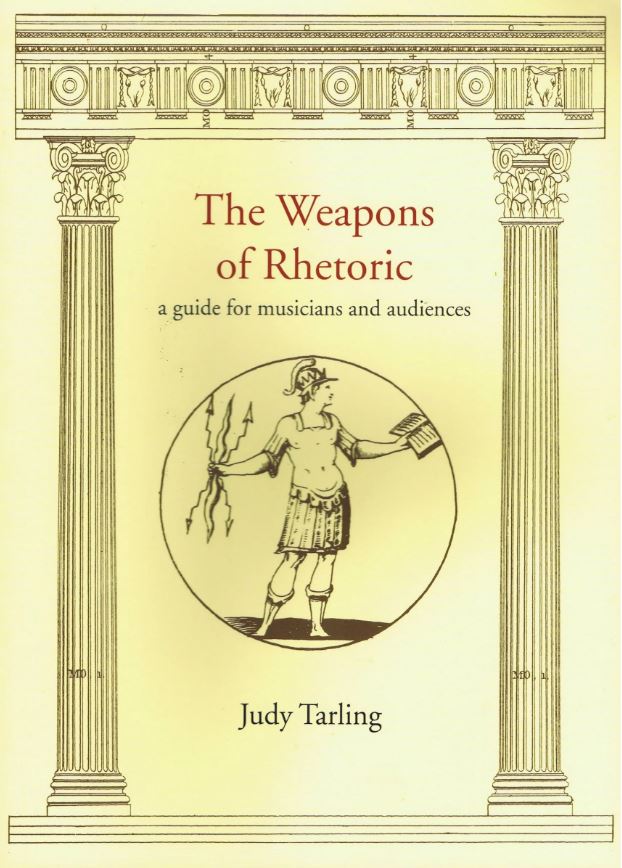Weapons of Rhetoric
Description
Following the success of Baroque String Playing 'for ingenious learners', Judy Tarling's second book strikes at the heart of musical performance with a study of the relationship between music and rhetoric, which was much remarked upon during the Renaissance and Baroque periods.
Comparisons between oratory and the performance of music are to be found from the beginning of the 16th century and continue until the late 18th century. Thomas Mace (1676) asks the musician to show as much wit and variety as an orator. Geminiani (1751) compares all good music to a discourse, and recommends that the musician should use the same effects as an orator. Quantz (1752) requires the musician to use the skills of an orator to become the master of the hearts of his listeners.
Subjects covered in the book include: A survey of the sources from ancient times, Renaissance educational method, the iconography of eloquence and persuasion, the audience, decorum, stage manner, style, imitation, affect, 'the passions', word painting, allegory, speech-based delivery, tone quality, dynamics, length of notes or syllables, exclamations, emphasis, humour, nerves, sprezzatura, articulation, rests, sighs, surprise, silemce, tempo, structure, rhythm, ornamentation, figures, repetition, and rhetorical schemes.
Paperback, 271 pages, including many illustrations and more than 100 musical examples.
- Winkel Antwerpen : Disponible
